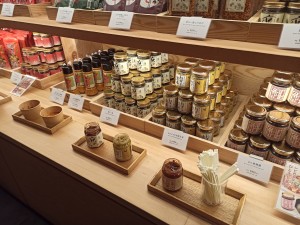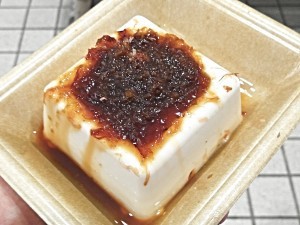

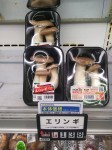
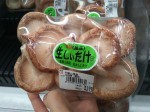

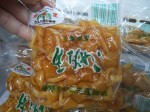
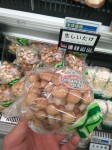


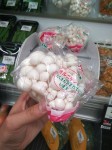
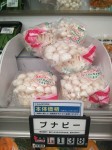


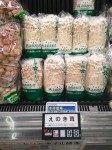
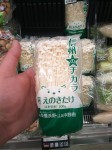
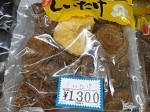
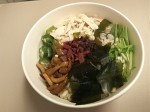
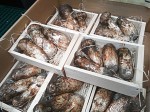
I love mushrooms! Doesn’t matter whether fried, boiled, breaded or steamed. With vegetables, fish, meat, soup or just alone. So we couldn’t be in Japan and not try Japanese mushrooms. Cooked in a different, traditional way and with local sauces couldn't be missed. And also when I think about the Japanese cuisine, what comes to my mind is rice, seaweeds, sushi and of course mushrooms. Plenty of different mushrooms, served in different ways, with different flavors and textures. Some of them are small, some are bigger. White, brown, yellow, almost black... But the common thing is that all of them are healthy, packed with minerals and vitamins.
The ones that are the most popular around the world are shiitake mushrooms. But there is a lot of other types of them that are commonly used in Japan. Enoki, eryngii, nameko, matsutake, shimeji and maitake are also highly popular in the Japanese cuisine.
So to explore the mushrooms’ market we started with a jump to the store. They were packed in packages, vacuum packs and boxes. We started with identifying all these, that we had already had in our meals. And yes! We found nameko, eryngii and shimeji mushrooms.
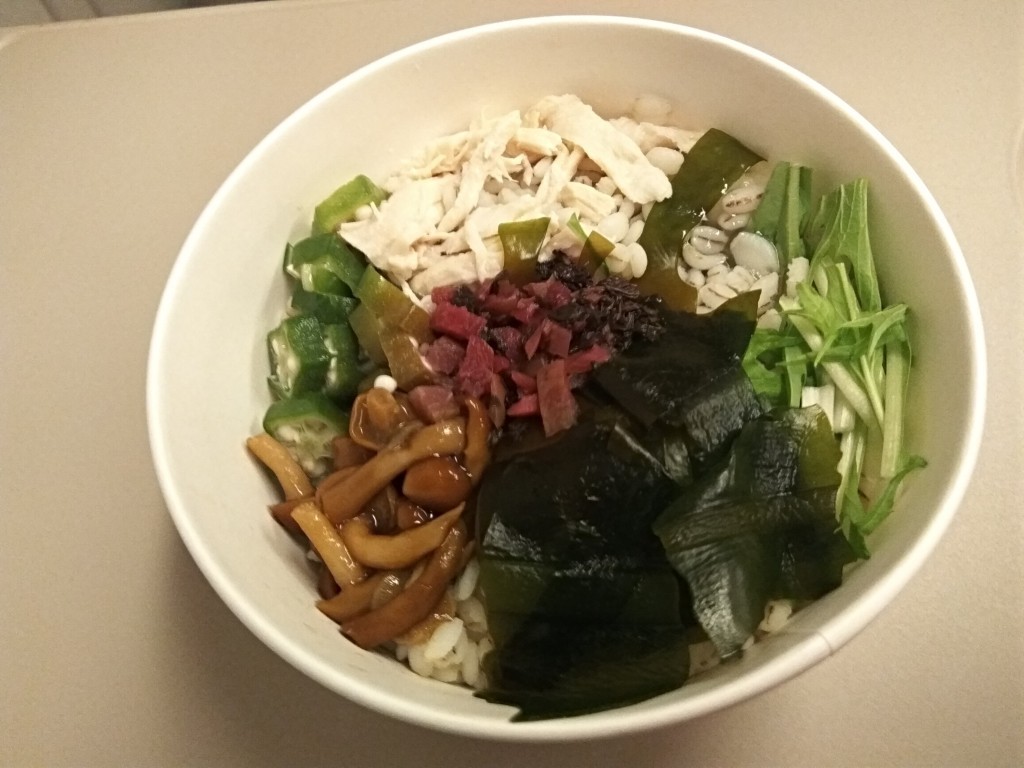
In a barley porridge I had small, gelatinous mushrooms. That were nameko mushrooms. We found them packed in a vacuum pack with a bit of gelatinous substance. The color was as the one in the meal - a blend of yellow, brown and orange. The vivid tint was strengthened by the sauce. We have never met them fresh, so I believe they are always either canned or already preprocessed and packed. Usually they are served in miso soups, in breakfast porridges as ours and also in sushi rolls.
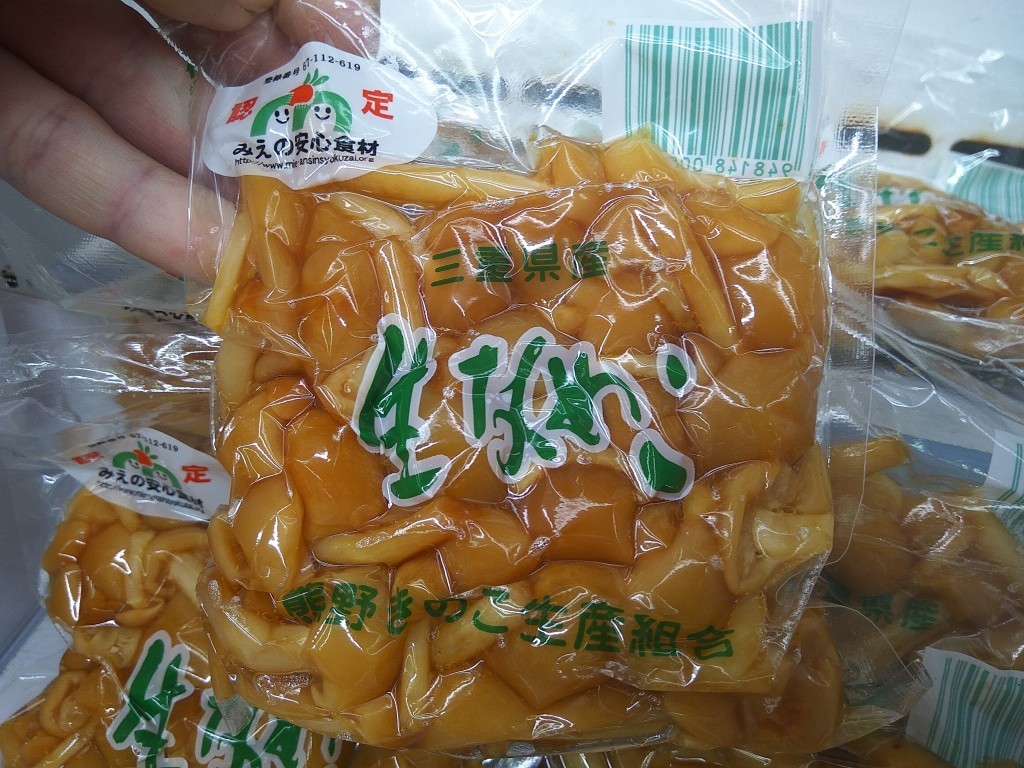
Nameko are packed with vitamin B, potassium, copper and calcium. That is why they are supposed to lower the bad cholesterol and to strengthen the immune system.
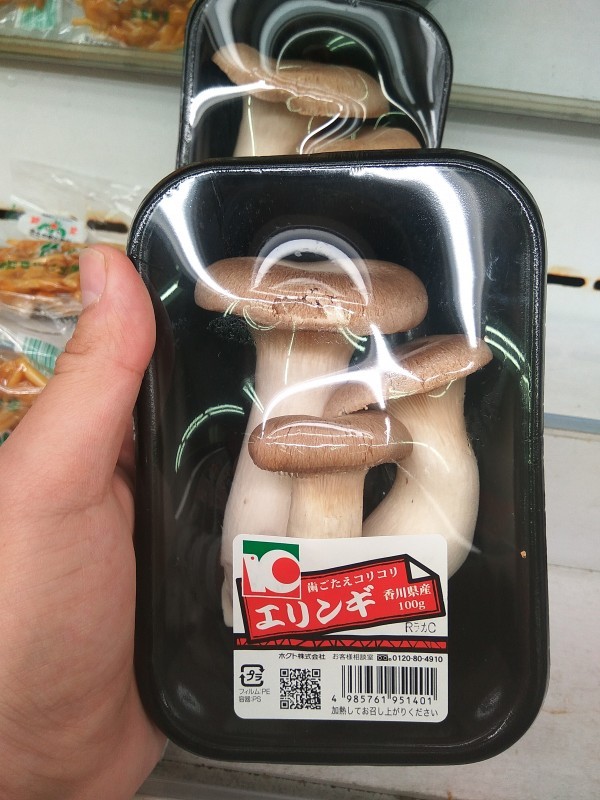
Then there were also these funny trumpet mushrooms – eryngii. Sometimes they are called eringi, sometimes French Horn, sometimes King Oyster, and they still have many other names. However, all of them refer to the eryngii mushroom that is tasteless when raw, but once boiled turns out to be full of aromas and juices. They are tender but also soft and slightly crunchy when you bite them. A meaty texture makes them be used as a substitute in vegetarian dishes. Eryngii mushrooms are said to improve both your skin and the blood flow. They are also rich in vitamins B3 and D.

Shimeji mushrooms we had with our noodle meals. Actually, shimeji were served with udon and buckwheat soba noodles. These mushrooms are very popular and have some commonly used varieties, to which we can include buna shimeji, bunapi shimeji and hatake shimeji. Shimeji mushrooms are small, have pale brown or brown cups and white stems. The most popular variety is buna shimeji that is not only used for noodles but is also added to soups, stir-fries and rice dishes. The whole set of shimeji mushrooms is rich in vitamin B, D and zinc, copper and potassium. Thanks to that shimeji could have beneficial effects on your heart, improve your immune system, and even accelerate your metabolism!
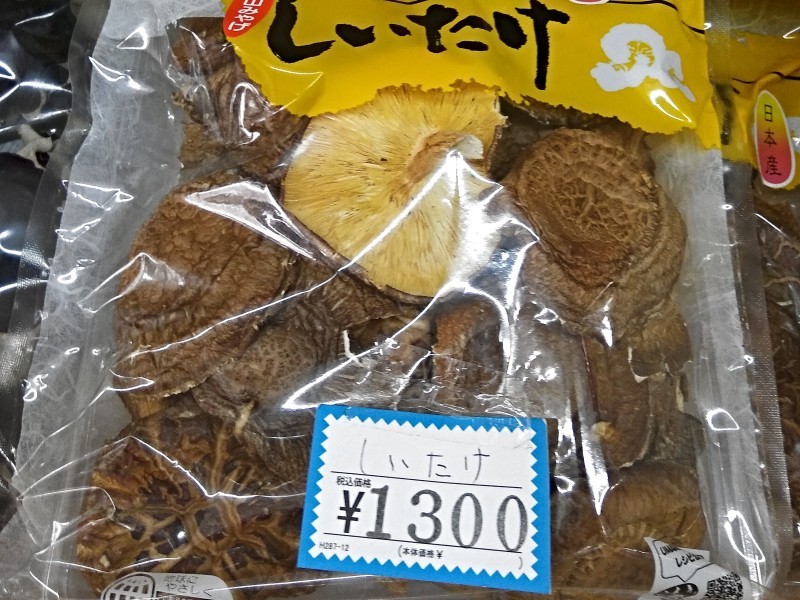
Shiitake mushrooms are present around the world and their taste was the best known for us. However, as maitake mushrooms, mostly we had them in delicious tempuras. Shiitake are sold either raw or dried. They have white stems and brown cups that can be sometimes very dark. When dried, these cups get wrinkled. The aroma of shiitake is strong. Thanks to that they give a lot of flavor to all dishes. They are often used for stir-fries and soups, where their aroma can mix with the broth. While preparing them with vegetables or tofu, all these ingredient are soaked in the sauce all together and their flavors can combine. Shiitake are also believed to promote longevity and lower the bad cholesterol. Moreover, they are high in potassium, phosphorus and vitamins B and D.

And then there were enoki mushrooms. Little, white mushrooms with long stems and small cups. They look so delicately, and indeed they are very fragile. They are rich in vitamin B and D and also in fiber and copper. Enoki mushrooms regulate the sugar level and improve digestion.
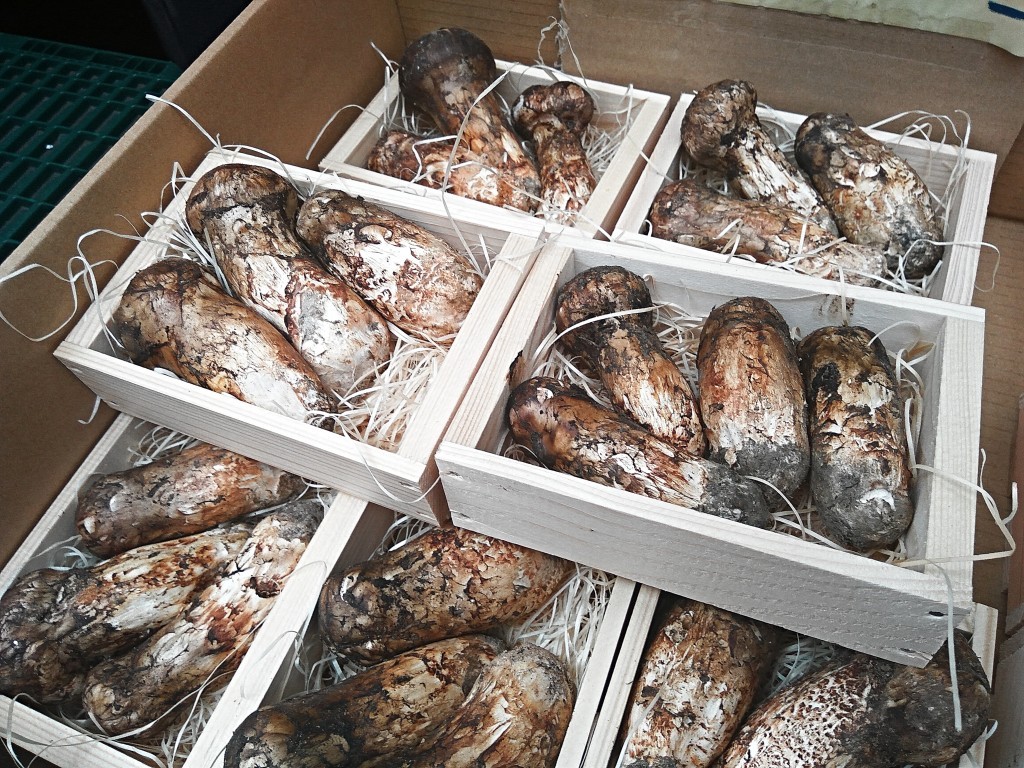
While strolling on a morning market in Tokyo we found strange matsutake mushrooms. They look as just composed of dick, brownish stem. With a comparatively little cap, that almost disappears, matsutake mushrooms are totally different from all other Japanese mushrooms. What is more, they are much more expensive and are said to grow only wildly.
And as all of them are different in their taste, texture and serving way, they have at least one thing in common – they are worth trying!
Date: 2018-08-01
Author: Beti – A passionate traveler and lover of Asian cuisine, especially Thai and Japanese dishes, Bernadeta brings her culinary and cultural experiences to life in her writing. Beyond her travels, she’s an avid technology enthusiast with a deep interest in data processing, merging her love for exploration with analytical insights.
Photographer: Adalbert – An aficionado of computers and photography, Adalbert captures the essence of diverse cuisines with a discerning eye. A connoisseur of rich flavors and particularly fond of meat-based dishes, he combines his technical skills with his passion for the culinary arts in every shot.
EAT IN ASIA / Lifestyle / Shop

